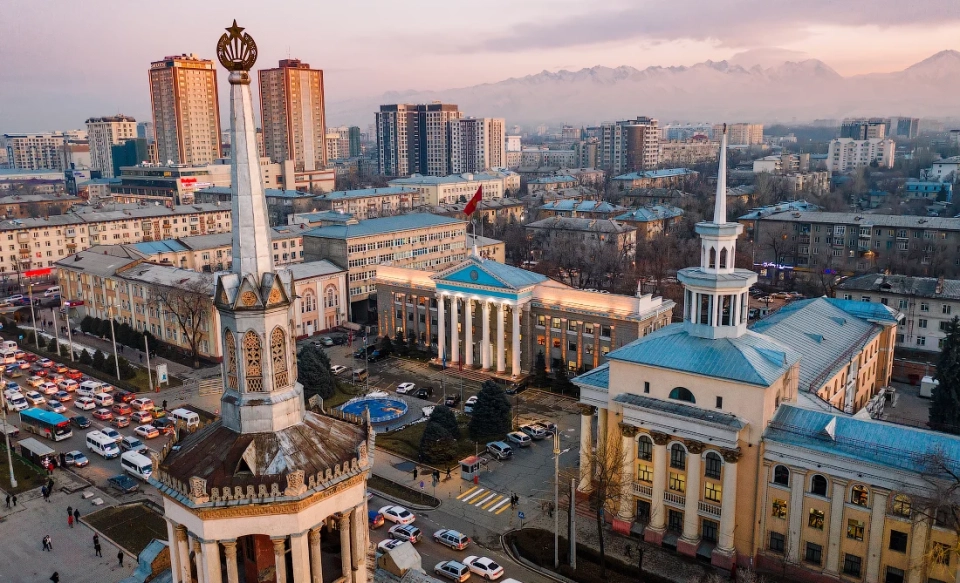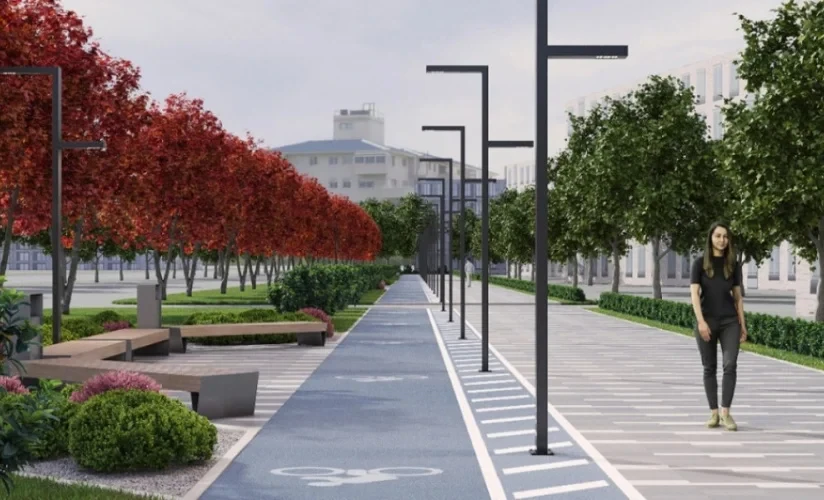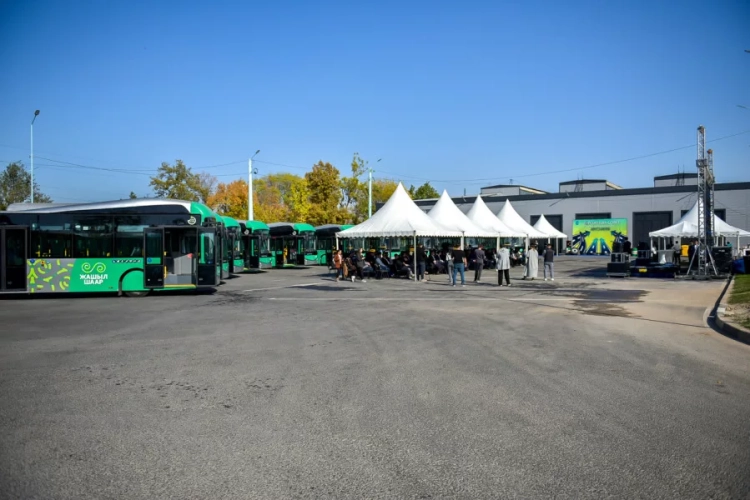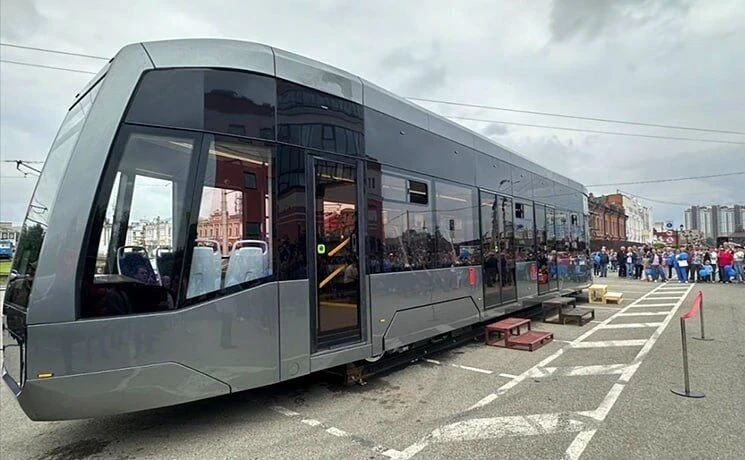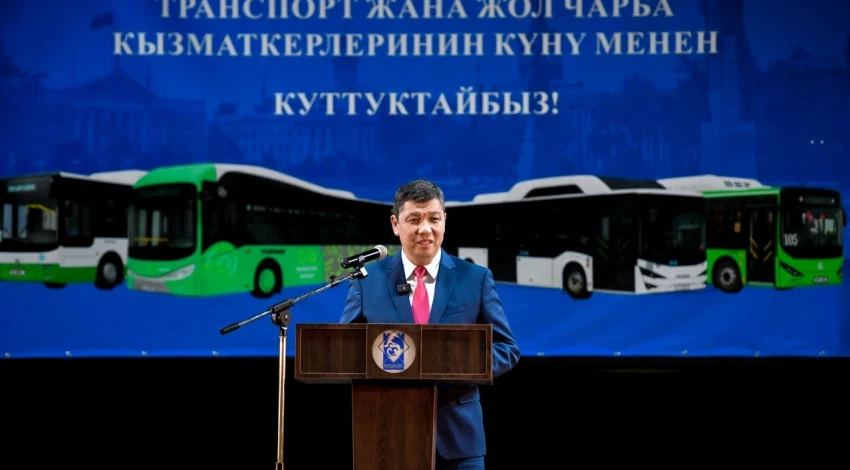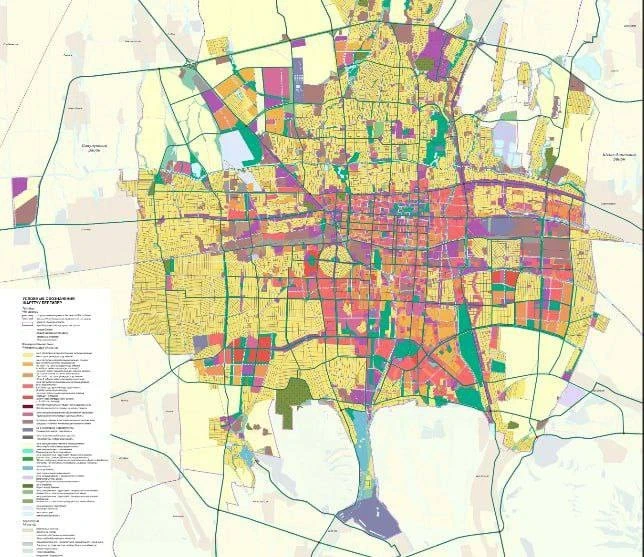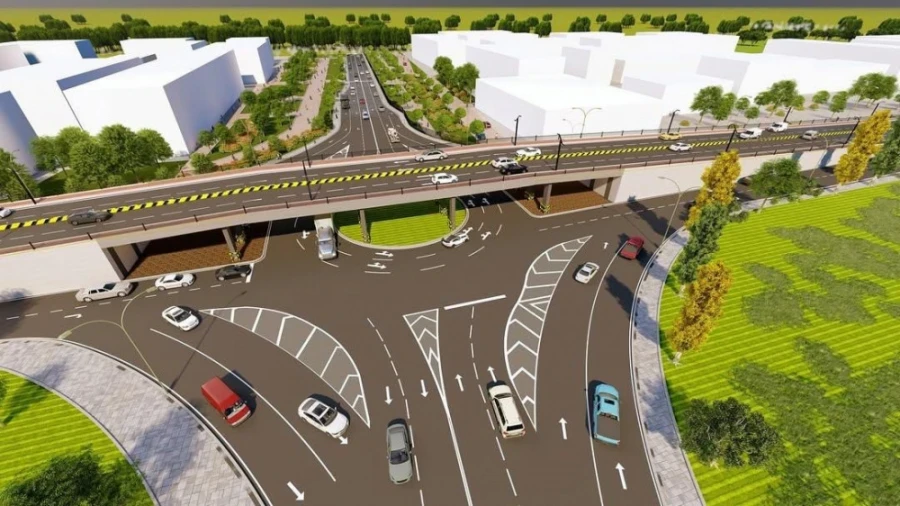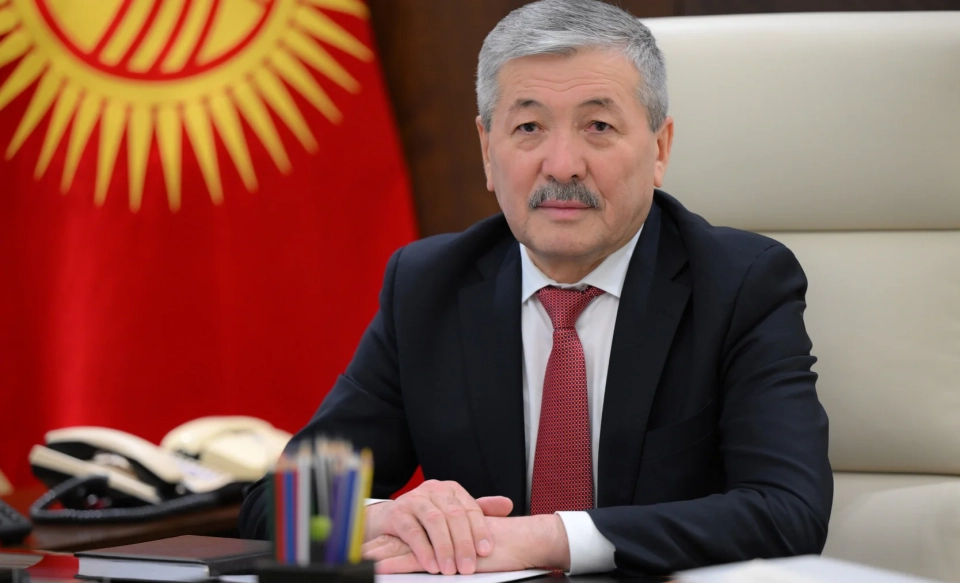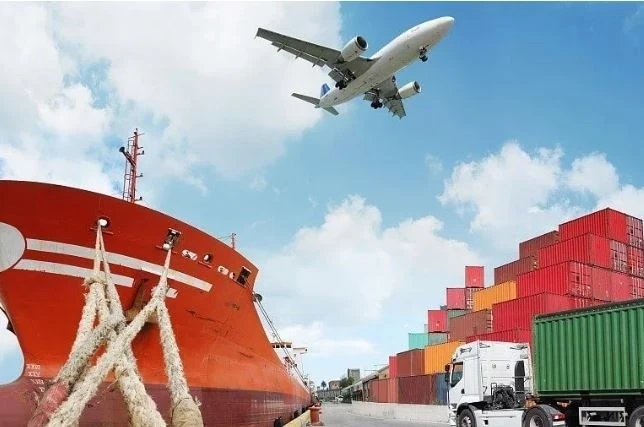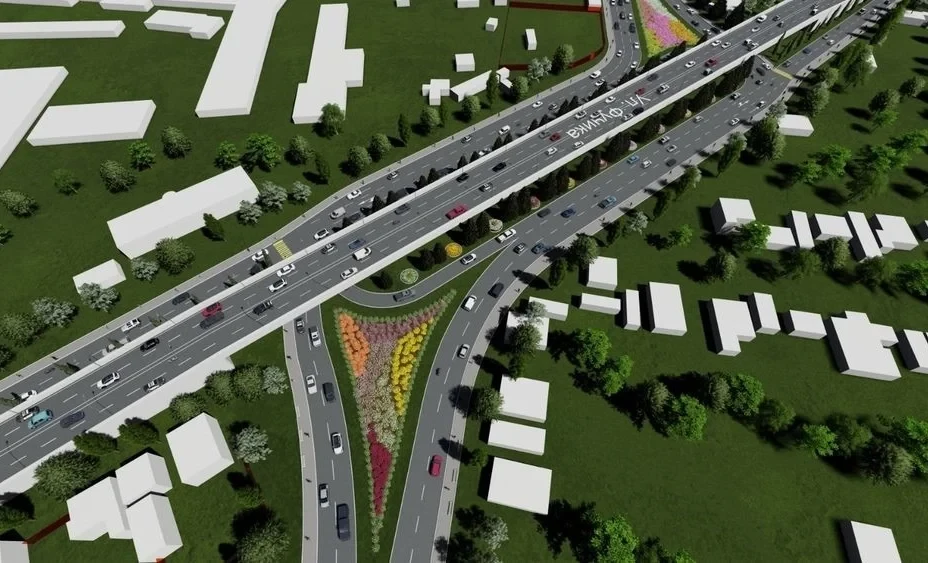
According to the master plan for the development of Bishkek, which is designed until 2050, significant changes are planned for the street and road network of the capital. These transformations aim to reduce the load on central highways, improve transportation links between districts, and create more comfortable conditions for pedestrians and public transport.
The main goals set by the project include:
- the creation of a radial-ring transport system with bypass routes and distributing chord paths;
- the reduction of traffic load on central streets by redistributing transit and prioritizing public transport;
- the separation of streets by type of transport — for public, private, and bicycle use;
- the integration of new residential and business areas into the transport network;
- the improvement of territorial connectivity through alternative routes;
- the alignment of highways with current standards.
The reconstruction of the road network with a total length of 331.7 km, including:
- 37.1 km — high-speed highways;
- 8.8 km — highways with regulated traffic;
- 175.4 km — citywide arterial streets;
- 110.4 km — local streets.
- 50.3 km — highways with regulated traffic;
- 90 km — citywide highways;
- 114.7 km — local streets.
In addition, the construction and reconstruction of the following engineering structures are planned:
- 7 overpasses over railways;
- 5 interchanges at different levels;
- bridges over water obstacles.

